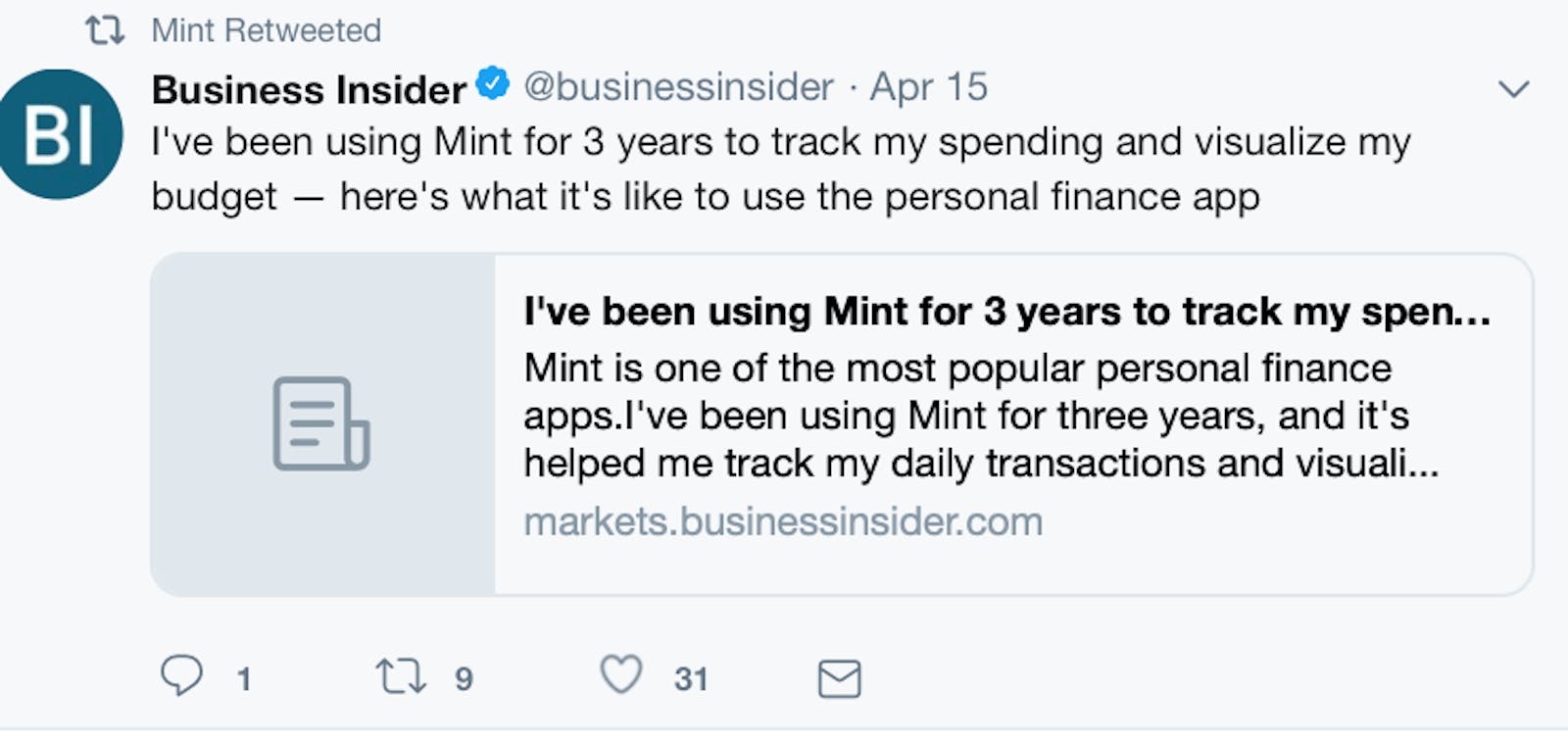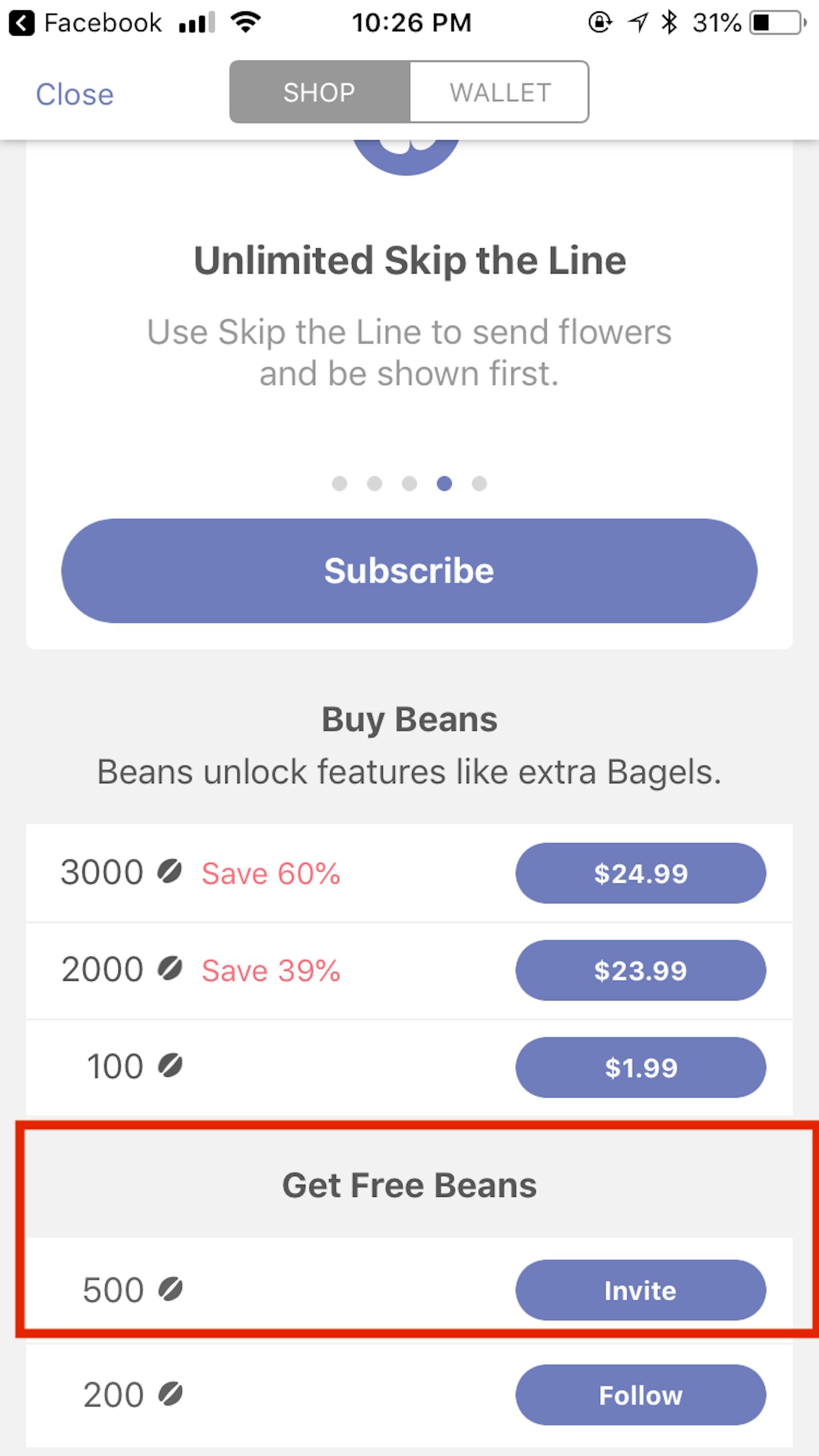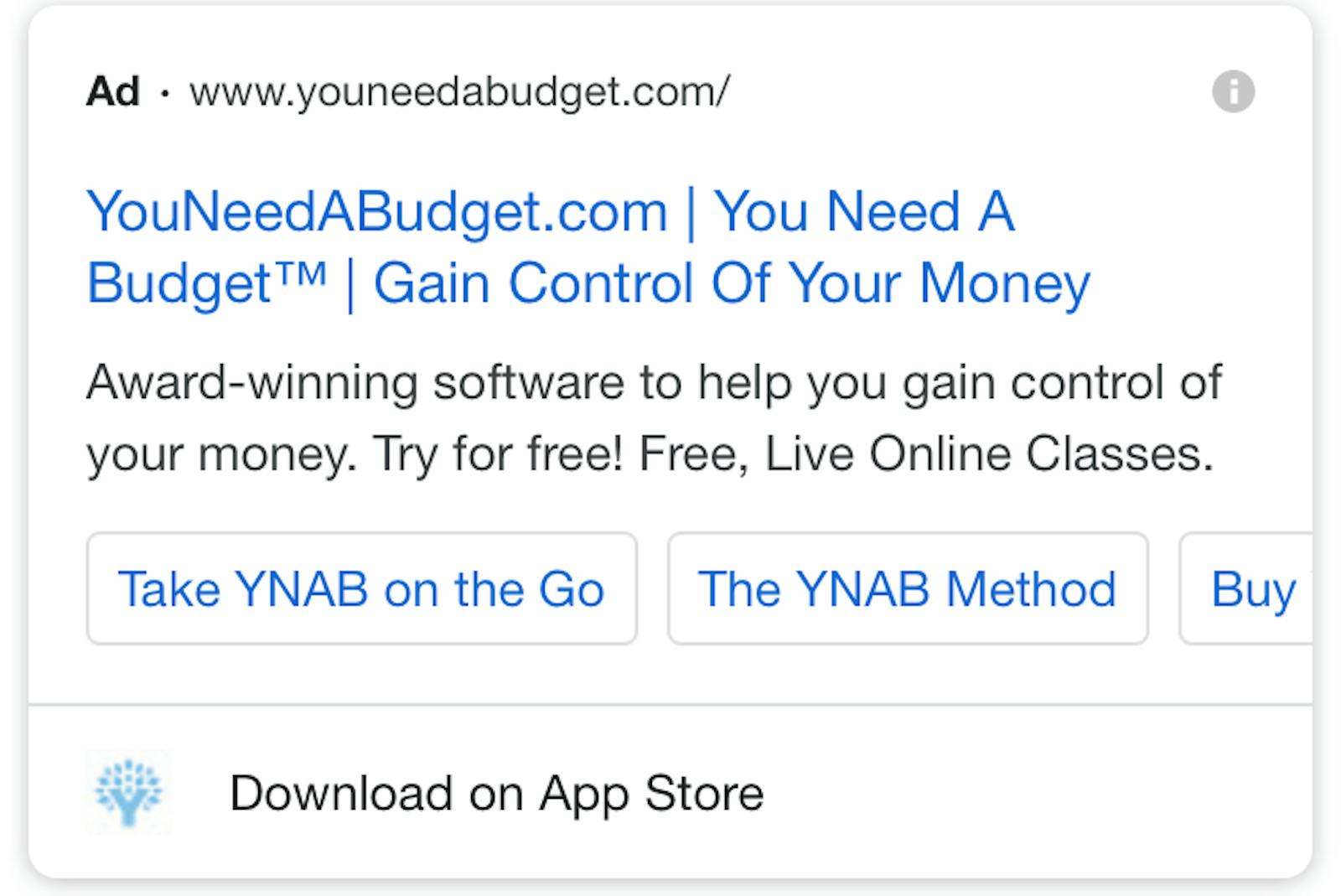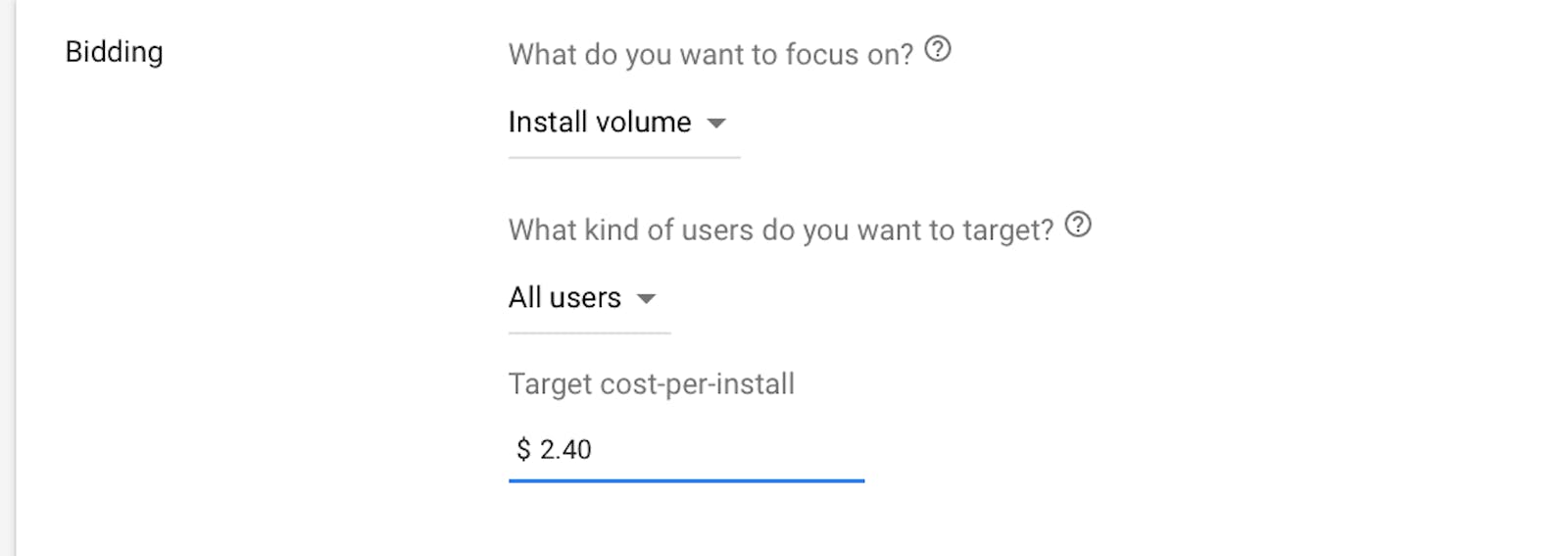
When most developers are looking at acquisition costs on mobile, many get stuck in short-term thinking, getting hung up on headline prices rather than a return on investment calculation.
All users are different but many fall into certain defined patterns of usage and spending. Understanding these customer segments and being able to market to them efficiently is the secret to acquiring high value customers and maximising your UA dollars.
What is the lifetime value (LTV) for a mobile app?
Lifetime value tells you exactly how financially valuable (extrinsic and intrinsic) each user will be in terms, weighing how much they’ll spend in their entire relationship with you against the costs of acquiring and maintaining those users.
A number of factors go into calculating LTV, which include all revenue sources (including in-app purchases, ad campaigns you’re hosting in-app, and more) that can give an average revenue per daily active user (ARPDAU) calculation, along with the time it takes to see those returns and costs that may come from ad campaigns.
To simplify the process and find out your lifetime value, you can use our LTV calculator.
Your LTV, therefore, is an essential metric you need to consider. It can help you assess whether or not you can (or should) spend money on ads and marketing campaigns, and if so how much you can afford to spend.
This can help you market smarter, run more profitable campaigns on Facebook and Google Ads to continue acquiring new users and increase your profit line along the way.
In this post, we’ll show you exactly how to do this so that you can attract more high-value users and increase your profit margins significantly.
Create customer segments tied to LTV profiles
User segmentation will allow you to break your audience into different niches, which you can then segment into different buckets and sources.
A fitness app, for example, may find that users like Bob, who has a high disposable income and a propensity to spend on the “Next Big Thing”. Bob will buy expensive trendy workouts, will eagerly pick up the app and spend a lot on add-ons, but burn out after a few days.
Meanwhile, it may actually be lower middle-class women like Mary who are trying hard to stick to a fitness routine who actually continue to use the app and its subscription long-term to get her value out of her purchase, making them more high-value overall.

Using demographics tools, break down each segment and create LTV profiles for each one to determine which niches are most beneficial to you. Tie in personas to these LTV profiles like the following:
- Whales, who spend high amounts of money within your app. Note that while whales may spend the most money, this definitely doesn’t mean that they have to be high income.
- Ad Junkies, who are unlikely to spend on IAP but consistently derive value from the free version of the app and use it regularly. They are therefore a strong audience to serve ads to overtime as the retention is strong, earning you profit when users click.
- Social Pandas, who are strong social advocates and respond to rewards from sharing, significantly lowering your acquisition costs.
There will be some users who have good retention but only low value in-app purchases. Identify these users; they may have strong candidates to hit with monetized ad campaigns instead of trying to force them down an IAP route that may not be successful.
Others may not likely make in-app purchases, but they’re great advocates for your app. They’ll share news of what your app can do through social media or referral programs just because they love it. This can include influencers, bloggers or well-known industry experts, but it could also just be those who belong to an online community.

It’s also important to consider that each customer profile will have different acquisition costs and LTV profiles, so you can’t think about LTV in isolation; create different profiles for each different persona.
When you’re calculating the LTV on each audience niche, there are advanced analytics platforms like Tenjin that can offer user-level ad LTV calculations.
This will help you uncover “ad whales,” who are committed users who have the tendency to watch plenty of ads, increasing your revenue.
This new ability to identify specific users who are ad whales by calculating LTV at an individual level allows publishers to target lookalike audiences who fit similar profiles.
Take all of these findings into account when compiling your personas, and make sure you look at the locations. Sometimes, high-value users can come from certain geographical locations depending on the nature of your app.
Use your personas to acquire high value audiences
At this stage of the process, you should have clear audience segments and you understand the approximate LTV of each one. This is when it’s essential to focus on different high-value audiences and use a combination of marketing strategies to acquire new members of them.
The next step is to identify where these users have come from and maximize the reach of that channel.
If you notice that you have a large number of high-value users coming in through the Google Play Store but low LTV users on Apple, it makes sense to invest more into the former.
In many cases, Facebook Ads is often effective to attract high-spending IAP users, while Google’s Universal App Campaigns may be a better fit for ad monetization users across both iOS and Google Play.
If you notice that influencers or advocates are a key component in attracting more app users, you can maximize your reach to that channel by offering rewards, discounts, or in-app currency in exchange for referrals or shares. Coffee Meets Bagel does this, offering 500 beans (their in-app currency) in exchange for users inviting their friends to join the app.

In addition to maximizing your reach on key channels, it’s also important to remember to create content for each individual user segment. Consider their demographics, their motives, their pain points, and how they interact with your app; this can be telling to help you determine what messaging and creatives to use to best appeal to them.
You Need a Budget, for example, is testing two different ad campaigns for their budgeting software. One focuses on messaging like “stop living paycheck to paycheck” and “get out of debt,” while the other is focusing on the social proof approach, reminding users that it’s “award-winning.”

Someone who uses that fitness tracking app to quietly track their own progress, for example, will have different behaviors that someone who wants to flaunt their latest marathon training session on every social media channel possible. Some users may be competitive (particularly in gaming), and some may like in-app rewards based on accomplishments or actions like getting new users to join.
Create different offers and ad creatives to appeal to different audience sectors so you can entice more to download your app moving forward.
Always remember that you should be building social sharing functionality and loops into your app, encouraging users to share the app and refer their friends. This is one of the best ways you can reduce CPIs since the new users are “free,” and people are much more likely to try out an app their friends recommend over something they stumble across on their own.
Leverage your knowledge to create relevant campaigns
As you move forward with your marketing campaigns, it is essential to carefully track the effectiveness of each campaign for your specific audience segments. Look for signs of what worked and what didn’t for each persona to see what resonates with them, and make sure that you’re doing this for each audience niche.
Test out different messaging based on what you know about each one. To do this, it’s typically best to start at the end and work your way backwards, using what you understand about the audience and the end goal to craft your copy.
For long-term users like Mary, for example, highlight low-cost and its long-term effectiveness. For trendy buyers who spend a lot like Bob, go all in on talking about the high tech features and incredible add-ons he can get. See what each audience responds to, and never try to create campaigns to fit multiple personas at once.
It’s entirely possible, after all, that the personas you created the first time around may not have been 100% perfect. They may need some adjusting, which is all part of the process. As the personas become more accurate over time, you’ll see your results increase.
Consider each segment, and optimize your marketing mix so that you can best reach each one. Note that you shouldn’t ignore any audience segment that’s beneficial to your business, but that it does make sense to bid more on Facebook Ad campaigns or on certain keywords that attract whales or other users with high LTVs.
On Facebook Ads, for example, you can bid more or have higher budgets for users who are more likely to take certain actions, such as those more likely to take advantage of in-app purchases or join a subscription program.

Consider using a mix of organic social media marketing, referral marketing, SEO, search ads, and email marketing to attract and then push prospects down the sales funnel and towards more purchases.
Takeaways
The LTVs of your user personas are always metrics that you should be paying careful attention to if you want to ensure that your business, your app, and your acquisition campaigns are profitable. It will also help you to discover key segments of high-value users and understand how to attract more of them moving forward.
It’s essential to get your audience segmentation right for this work, which includes understanding the behavior and revenue of each individual persona. Once you have this information sorted out, you can evolve your monetization strategy to best suit each one and how they’re interacting with your app.
It will make sense, for example, to show some users ads instead if IAPs, or to use dynamic pricing in IAPs for different segments of app users based on what they’re willing to spend. You should also make sure to reward socially engaged users differently, offering incentives so that they continue to attract new users to the app and help you to keep your acquisition costs low; you should never underestimate the power of social sharing and referrals.
Keep in mind that Cost Per Install (CPI) and LTV will be different for each persona, therefore resulting in wildly fluctuating returns on ad spend (ROAS). The bottom line should always be the focus, so focus on ROAS instead of getting hung up on the lowest CPIs or highest LTVs.
Think big picture. Stay focused on the data and the metrics. Be willing to adjust your personas as needed, going back to revise them and referring to the data to see where the best opportunities are currently at.
Just as with everything else in business, ultimately it all comes down to using the right data and financial information to better and more effectively connect with your target audience so that you can boost app revenue as efficiently as possible.
Pollen VC provides flexible credit lines to drive mobile growth. Our financing model was created for mobile apps and game publishers. We help businesses unlock their unpaid revenues and eliminate payout delays of up to 60+ days by connecting to their app store and ad network platforms.
We offer credit lines that are secured by your app store revenues, so you can access your cash when you need it most . As your business grows your credit line grows with it. Check out how it works!